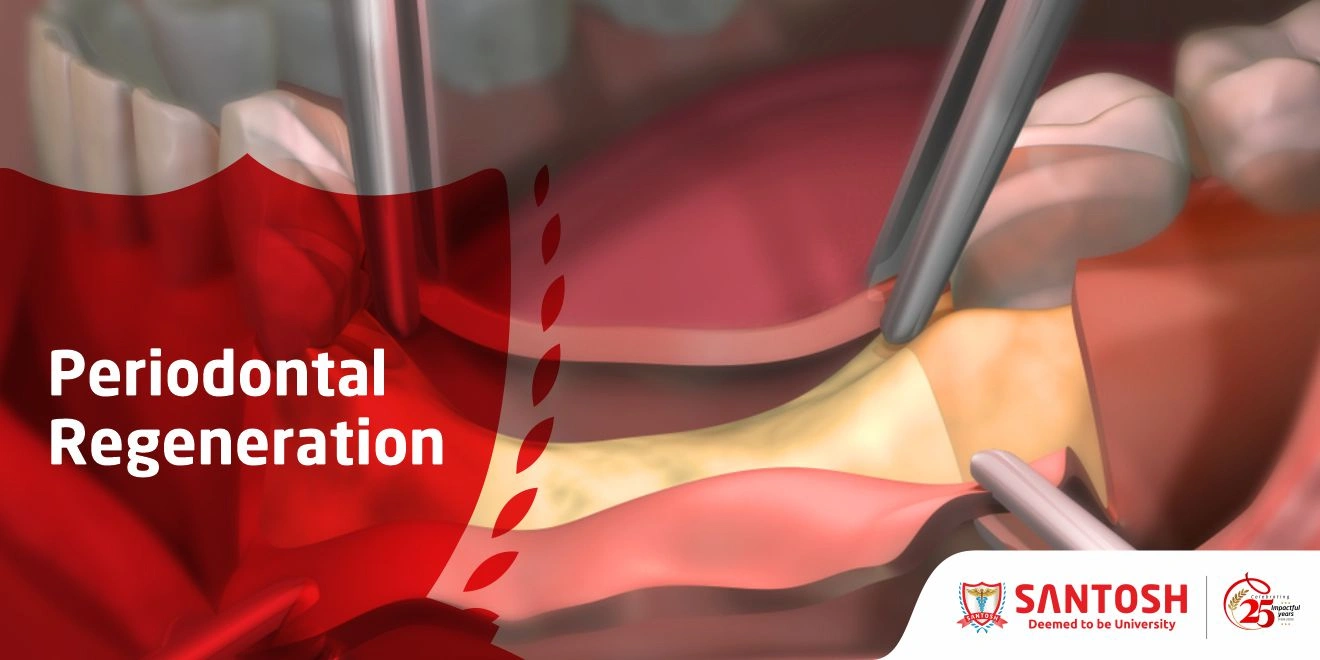
The goals of periodontal therapy include the reduction or elimination of tissue inflammation induced by bacterial plaque and its by-products, correction of defects or anatomical problems caused by the disease process, and regeneration of lost periodontal tissues as a consequence of disease destruction.
Untreated periodontal disease leads to tooth loss through destruction of the attachment apparatus and toothsupporting structures. The goals of periodontal therapy include not only the arrest of periodontal disease progression, but also the regeneration of structures lost to disease where appropriate. Conventional surgical approaches (e.g., flap debridement) continue to offer time-tested and reliable methods to access root surfaces, reduce periodontal pockets, and attain improved periodontal form/architecture. However, these techniques offer only limited potential towards recovering tissues destroyed during earlier disease phases. Recently, surgical procedures aimed at greater and more predictable regeneration of periodontal tissues and functional attachment close to their original level have been developed, analyzed, and employed in clinical practice. The regeneration of the tooth supporting structures which have been lost as a consequence of periodontal disease progression has been a somewhat elusive goal in periodontics. Although periodontal regeneration, i.e., the formation of new bone and new cementum with supportive periodontal ligament, is a possible objective of several periodontal therapeutic modalities, outcomes of such modalities are not always predictable. Despite conclusive evidence that some regeneration may occur following regenerative procedures,1-3 complete regeneration may be an unrealistic goal for many situations due in part to the complexity of the biological events, factors, and cells underlying successful periodontal regeneration. Currently, osseous grafting and guided tissue regeneration (GTR) are the two techniques with the most histologic documentation of periodontal regeneration. While continuing efforts seek to further our understanding of periodontal regeneration biology, we can also expect developments in biologic and materials sciences, providing new guided tissue regenerative materials and delivery systems. Most importantly, establishing a scientifically sound, evidence-based rationale is critical to the ultimate success of regenerative therapies.
For More Info, Visit:https://www.santosh.ac.in/program/mds-periodontology

